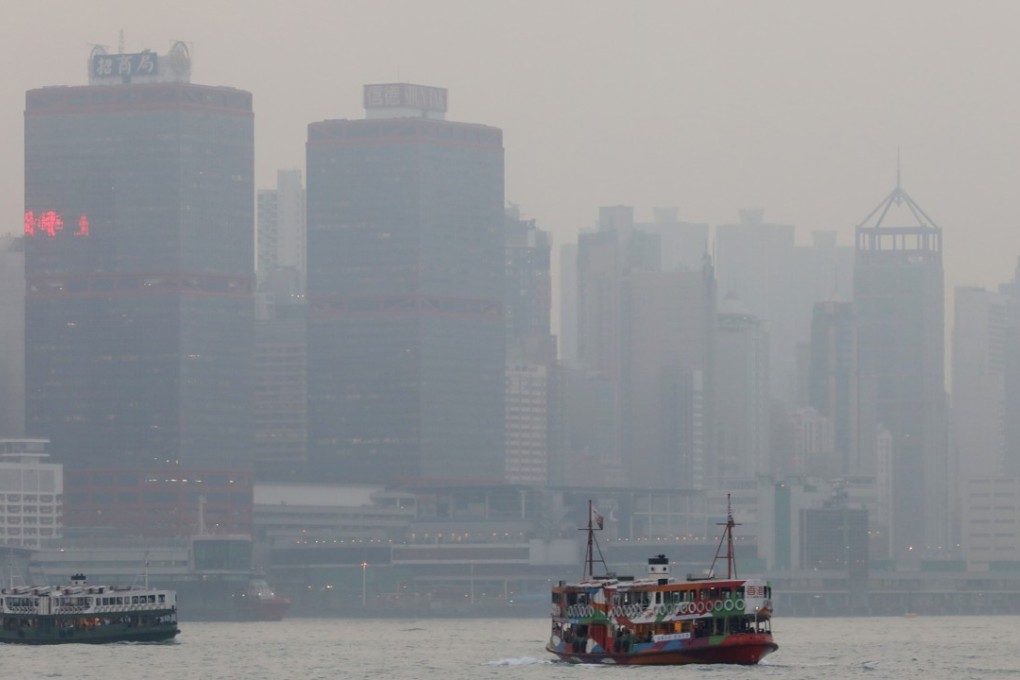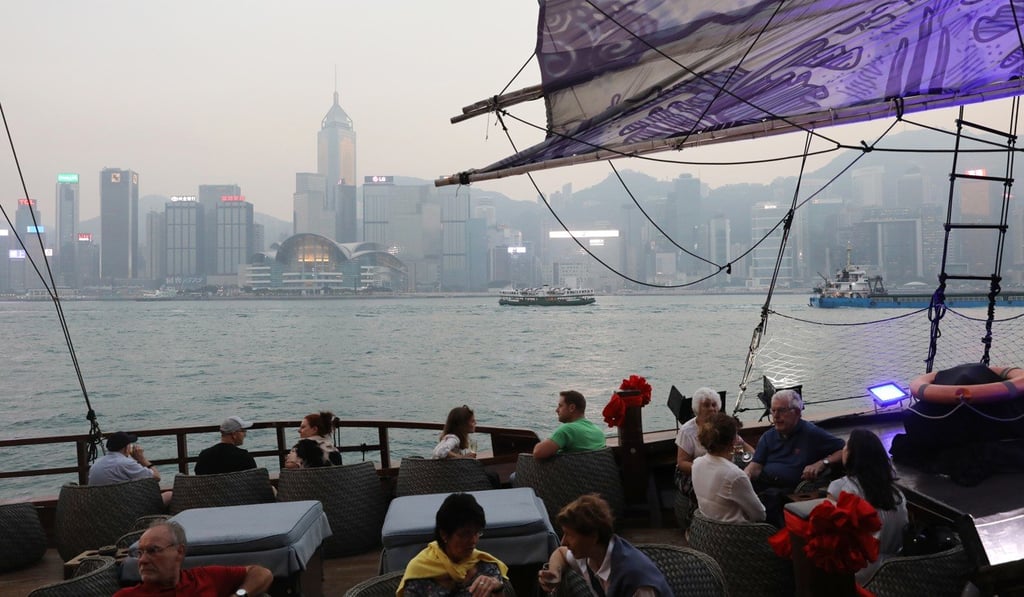Air pollution in Hong Kong posing serious health risk to residents as toxic cloud hangs over city
- Air quality worst in New Territories as Tuen Mun, Yuen Long and Tung Chung record highest levels of pollution
- Other areas also left under toxic cloud as light winds fail to move pollutants

A toxic cloud hung over Hong Kong on Monday, posing a serious health risk to residents in three towns in the New Territories
Heavy pollution drove down air quality across the city and, as of 6pm, the Environmental Protection Department’s Air Quality Health Index for Tuen Mun, Yeun Long and Tung Chung was 10+ – the highest level – which falls in the serious health risk category.
The AQHIs, which alert the public to the short-term health risk of air pollution, are reported on a scale of 1 to 10, and 10+, and are grouped into five health risk categories: low, moderate, high, very high and serious.

At 4pm, the hourly concentration of ozone in Tuen Mun went up to 264.4 micrograms per cubic metre, while for nitrogen dioxide it was 96.8mcg.
The PM10 concentration – specks of tiny respirable particulates that can get deep into the lungs – was 121.3mcg, and for PM2.5 it measured 67.1mcg.